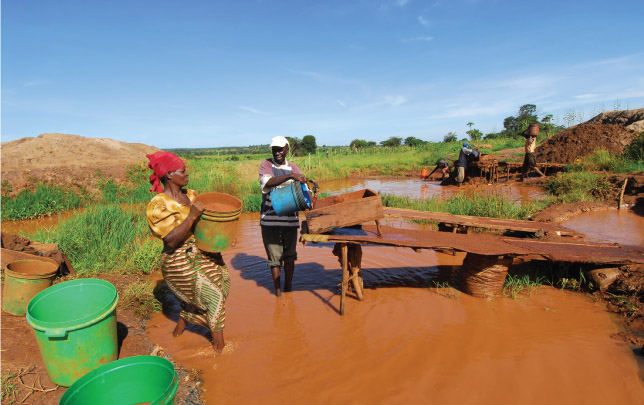7.2 Ethical behaviour and the information and communications technology (ICT) industry
Information and communications technology (ICT) is a vital driving force behind globalisation because it connects the world.
The ethical use of ICT devices and technologies is more than using mobile phones or Facebook in socially acceptable ways. It also includes being aware of the social and environmental impact of the production, use and disposal of our ICT devices.
In terms of manufactured products, ICT devices, particularly smartphones, are among the fastest growing in numbers in the world today.
A wide variety of minerals are used in the manufacturing of smartphones and other electronic devices. Coltan is an ore that contains the mineral tantalum, which is used in the capacitors of smartphones.
Tantalum is an essential element in smartphones, laptops and most other electronic goods.
The growth of multifunctional super computers such as smartphones and tablets has been made possible by reducing the size of the capacitors used in them: the smaller the capacitor, the smaller the electronic device can be.
Australia, Brazil, Canada, the Democratic Republic of the Congo (DRC), Ethiopia and Rwanda are among the world’s leading tantalum producers.
By the end of 2012 there were over 1 billion smartphones in use in the world. The number is currently increasing by approximately 50% each year. If this trend continues, by 2020 there will be more smartphones in the world than people.
Where and how the minerals are mined can have major human rights and environmental impacts. The mining of coltan in the DRC provides a significant example of human rights and environmental abuse.
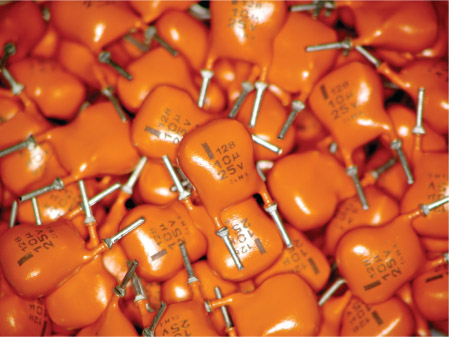
Coltan mining in the Democratic Republic of the Congo
While many tantalum-producing countries follow satisfactory ethical, social and environmental practices, there are some, particularly the DRC, where this has not been the case. In the DRC there have been and continue to be major human rights abuses and severe environmental damage.
It is estimated that the DRC holds somewhere between 15% and 30% of the world’s reserves of coltan.
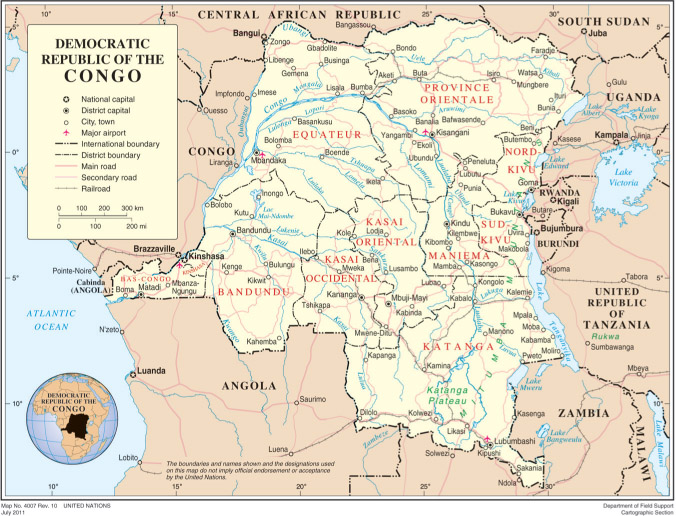
Conflict minerals
The tantalum and other minerals being obtained from the eastern provinces of the DRC are mainly conflict minerals.
Source 7.2a This video looks at conflict minerals in the Democratic Republic of the Congo. (04:03)
In the DRC, much of the coltan ore mining, along with gold, tin and tungsten (a metal used in smartphone and tablet devices’ touchscreen technology because of its hardness, stability and ability to withstand extreme temperatures) occurs in the eastern provinces of Maniema and South and North Kivu.
The mining in these provinces is usually carried out by small groups (less than five people), often farmers, using manual labour and very basic tools.
There can be thousands of miners in one river bed mining site. Using their hands and crude digging tools they dig down, forming pits in the river bed. Water is poured into the pit and mixed with the minerals and other material in the mud. The coltan nodules are heavier than the other material and sink to the bottom of the pit, where they are scooped out by hand. This form of mining is called artisan mining.
The miners do not have licences to mine. Therefore they have no legal control over what they find. There is no organisation of the miners to manage how they work or to trade their minerals. Therefore they are very vulnerable to the powerful military groups who control much of the eastern provinces.
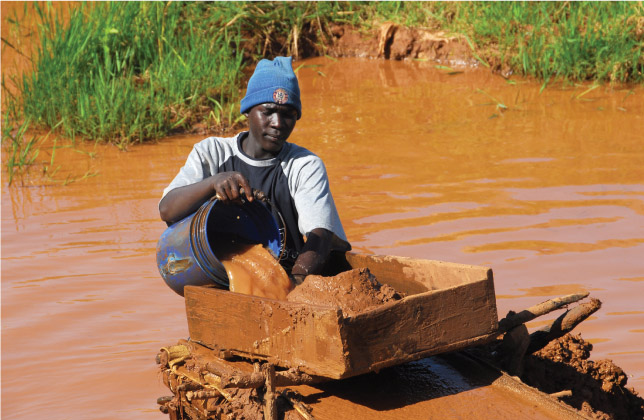
RESEARCH 7.1
For over 25 years the eastern provinces have been in armed conflict. There are many armed groups involved. Some are local militia fighting for control of their land. Others are rebels, supported by neighbouring countries, such as Rwanda and Uganda, fighting to take control of the country.
There are also criminal groups from within the Congolese Army. As a result of this ongoing conflict the DRC government struggles for control in the eastern provinces.
The rebel groups and the militias use the taxes, minerals, bribes or other payments they seize from the artisan miners to fund their activities. The miners and their families are powerless victims of these groups, in which child labour, torture and summary executions are commonplace.
Large transnational companies have also played a part in this abuse of the miners. The companies have negotiated with the rebel groups and militias to buy the minerals seized from the miners very cheaply. The rebels and militias use the money they make from the companies to buy weapons and further assert their authority over the local population through violence. So the foreign companies, and the global markets for their products, are contributing to the continuation of the wars and human rights abuses in the DRC.
The ore seized from the miners is moved across the borders into countries that support the armed groups or into the foreign companies’ supply chain. The transportation and refining of the ore brings wealth to these countries and transnational companies. It also makes it difficult to trace the origins of the minerals – once they are refined, the minerals are moved a number of times through Africa, Europe and Asia. During all this the conflict minerals are mixed with those from legitimate mining sources.
It is therefore difficult to identify if the tantalum in our smartphones’ capacitors came from a conflict mining site or a legitimate mine.
There are now a number of moves to prevent conflict minerals from entering the marketplace.
Eliminating conflict minerals trade
The United Nations, working with the DRC government and the African Union, is putting guidelines and regulations into place that it hopes will reduce the trade in conflict minerals in the DRC and its neighbouring countries. The guidelines aim to remove the money supply of the armed groups and reduce human rights violations.
The United States, under the Dodd-Frank legislation of 2010 – which made the most significant changes to financial regulation in the United States since those made after the Great Depression in the 1930s, in response to the Global Financial Crisis of 2008–09 – requires all large public US companies (public companies are those that trade on the share market) to provide information on the source of minerals contained in their products every year.
There are also groups in the ICT industry working to provide guidelines to improve social, economic and environmental conditions in the global electronic supply industry. For example, in 2007 the Global e-Sustainability Initiative (GeSI) and the Electronic Industry Citizenship Coalition (EICC) joined to build expertise in the business processes and issues surrounding extraction of metals used in electronics products. Their work includes identifying conflict-free smelters.
Environmental impacts
The artisan mining sites are also having major impacts on the local environment.
The coltan artisan mining sites are often located in or close to nature reserves such as the Kahuzi-Biega National Park and the Okapi Wildlife Reserve. The movement of hundreds of thousands of people into these areas is having a serious impact on the forests, as they are cleared for fuel and building materials, and on the native animals, as their habitat is being reduced in area.
Many animals, including gorillas and elephants, are being slaughtered for food. Because coltan mining occurs in river beds and uses crude methods of extraction, it pollutes the waterways and river banks. It also can create major soil erosion problems.
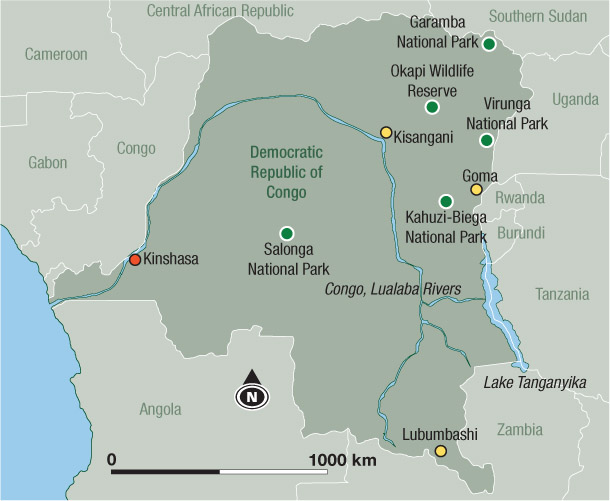
DEVELOPING YOUR UNDERSTANDING 7.3
- Suggest an alternative for countries obtaining their materials from artisan mining sites.
- Describe other environmental impacts, including impacts on biodiversity, that the miners are having in the areas where they mine.
- Suggest what can be done to reduce these impacts.
